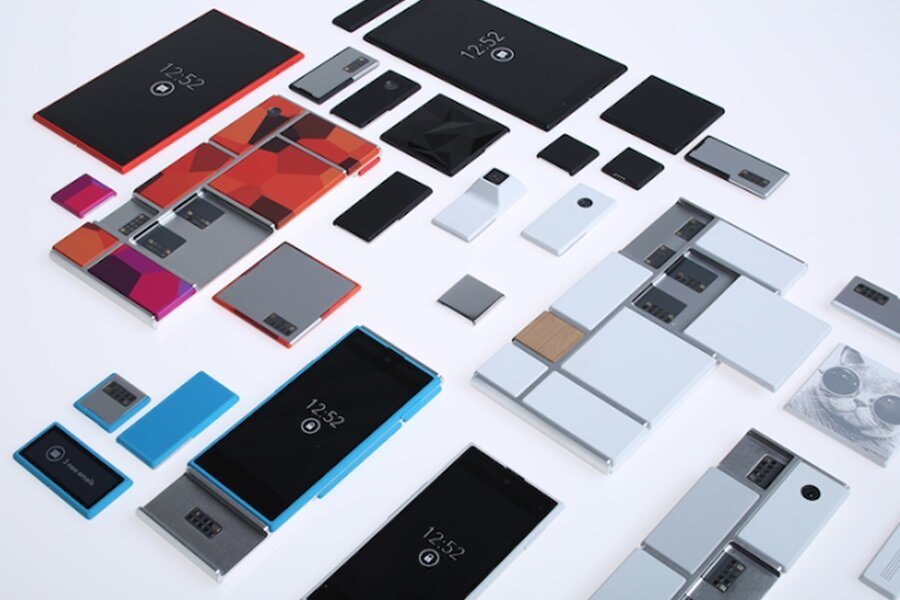Project Ara, Google’s LEGO-like smart phone, arrives this year
Loading...
At a developers conference last April, Google laid out its plan for reaching the “next 5 billion” smart phone customers: those living in areas where mobile networks are beginning to expand, making it feasible to switch from using a feature phone to using a smart phone.
Google’s Project Ara aims to let those users whip up a built-to-order smart phone that has exactly the features they need, at a lower cost than current powerhouse phones.
The phones, made by Motorola and start-up company Phonebloks, would be grey slates that users could customize with different modules. Need a great camera? Add one to the board. Need long battery life? Add that, too.
On Wednesday, Google held the second Project Ara developers conference, at which it explained its plans for getting the modular phones out to customers. Google plans to launch a pilot program in Puerto Rico in the second half of 2015, in partnership with the country’s OpenMobile and Claro carriers. At the time of the pilot launch, Google says, users will be able to choose from as many as 30 different modules to customize their Ara phones.
Google chose to do a pilot program, rather than putting Ara phones on the market for everybody to buy, in order to get data about how people use the phones and what modules are the most useful. (Building one’s own smart phone can be a daunting proposition, and Google wants to be able to offer guidance so that users aren’t overwhelmed by choice.)
Paul Eremenko, the director of Project Ara, told the audience, “We have a variety of unanswered questions, and the only way to get answers is to get actual data.”
The actual phone customization will be done via the Ara Configurator app, which hasn’t been released to the Google Play Store yet. Google says it will also open some mobile stores in Puerto Rico where people can handle and play with the Ara phones before deciding whether or not to buy one. Puerto Rico is an ideal testing ground for the project, Google says, because it has good mobile broadband coverage and free trade zones where Google can import components.
Google didn’t provide any specific pricing information at the developer’s conference, but it said at the previous conference that the phone frame will cost about $50. That price will go up as modules are added, of course, but the idea is to keep the initial cost low so that people can build inexpensive, no-frills smart phones if they want to. The phones could then be upgraded over time, so when a particular handset starts to fall behind the curve, users don’t have to throw it away and buy a whole new one.








